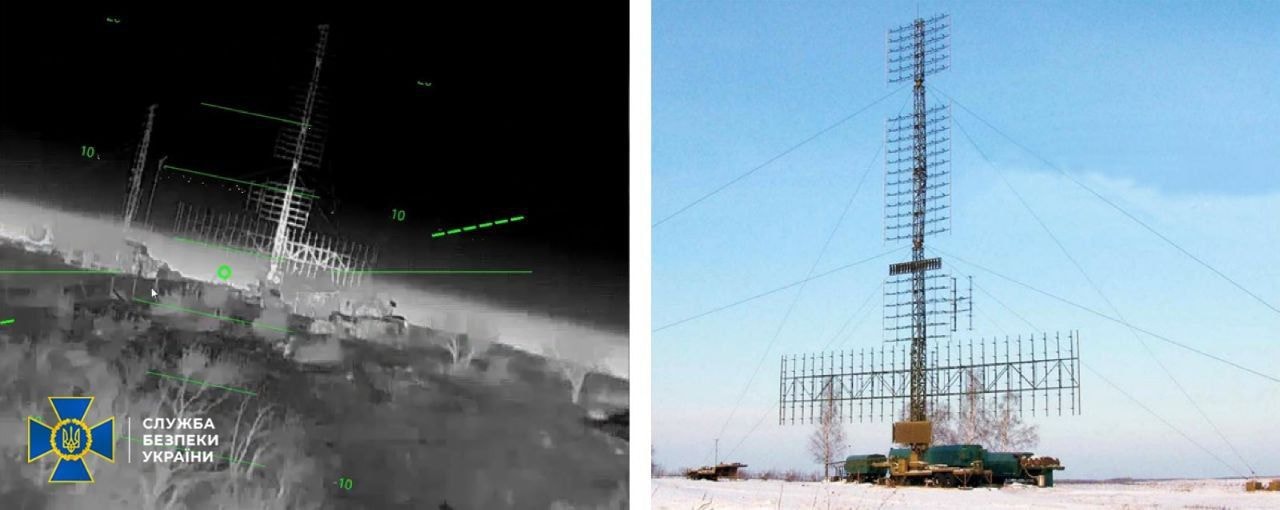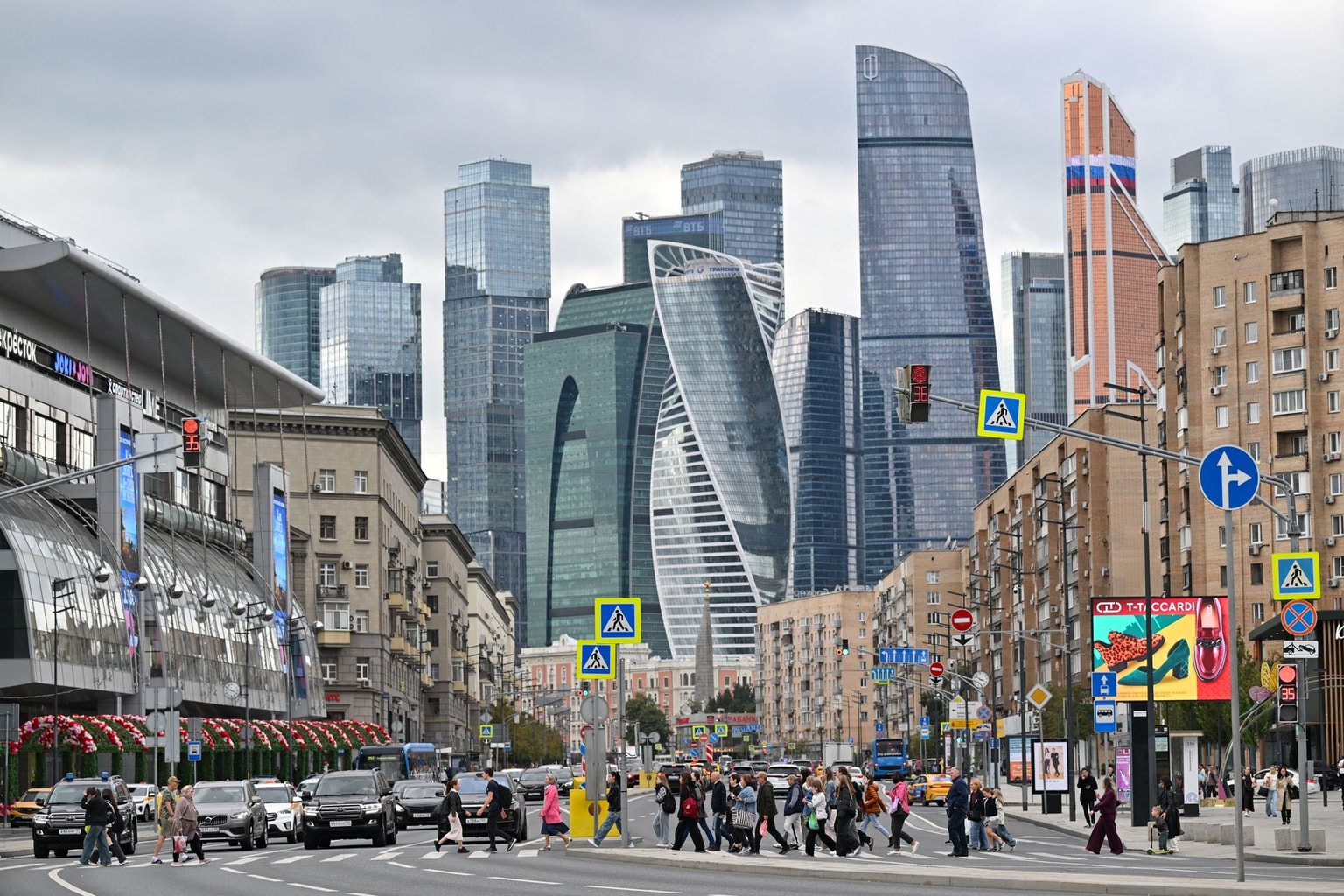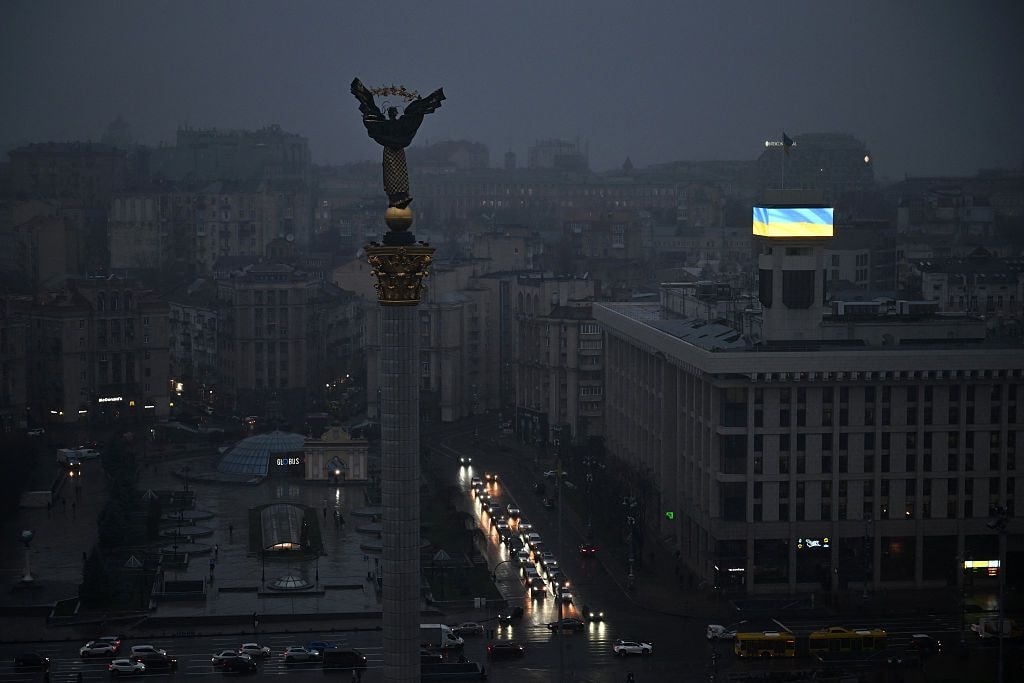Russia to face nearly $100 billion deficit in 2026, Zelensky says

Ukraine expects Russia to face a nearly $100 billion budget deficit by next year, President Volodymyr Zelensky said on Oct. 19, underscoring Moscow's growing economic challenges amid the war.
The news comes as Russia grapples with empty coffers as the costs of its all-out war against Ukraine mount.
"We think already today that next year, Russia will have a significant deficit, nearly $100 billion," Zelensky told journalists during a briefing attended by the Kyiv Independent.
The president said that the deficit stood at $71 billion one month ago. He promised to share more detailed analytics from Ukrainian intelligence in November.
Zelensky also noted that the 50% tariffs imposed by the U.S. against India could further exacerbate Russia's economic troubles if they force New Delhi to reduce purchases of Russian oil.
Russia's budget deficit hit 4.19 trillion rubles ($49.4 billion) by the end of August, already surpassing the government's annual target.
Ivan Us, chief consultant of the Center for Foreign Policy Studies of the Kyiv-based National Institute for Strategic Studies, said that the deficit could reach 8 trillion rubles ($100 billion) even by the end of 2025 if the current trend continues.
In comparison, Russia's draft budget for 2026 estimates this year's deficit at only 5.8 trillion rubles (over $70 billion).
Moscow has been forced to adopt several painful measures to tackle the shortfall, including increasing the value-added tax (VAT). Some Russian companies are also reducing salaries by shortening working weeks.
While cutting subsidies to fuel distributors also remains an option, this measure has already led to shortages in some regions in 2023, Us told the Kyiv Independent.
With several Russian regions and occupied Crimea again facing fuel shortages this year, exacerbated by Ukrainian strikes against refineries, the Kremlin is moving in the opposite direction – by loosening restrictions on subsidies to support the suppliers.
Us also said that curbing the deficit by printing more money could lead to hyperinflation, as the Russian central bank has already begun increasing the money supply and inflation levels remain high.
"From a logical standpoint, the best option would be to reduce defense expenditures —something increasingly voiced even by representatives of financial and economic circles," the expert says.
"But that would mean losing the full-scale war, and therefore, this option is off the table."
Russia had planned to spend 13.5 trillion rubles ($164.5 billion) on defense in 2025, about 32% of all expenditures. In 2026, that figure will fall by 0.6 trillion rubles ($7.3 billion), a cut of about 4.4%.












